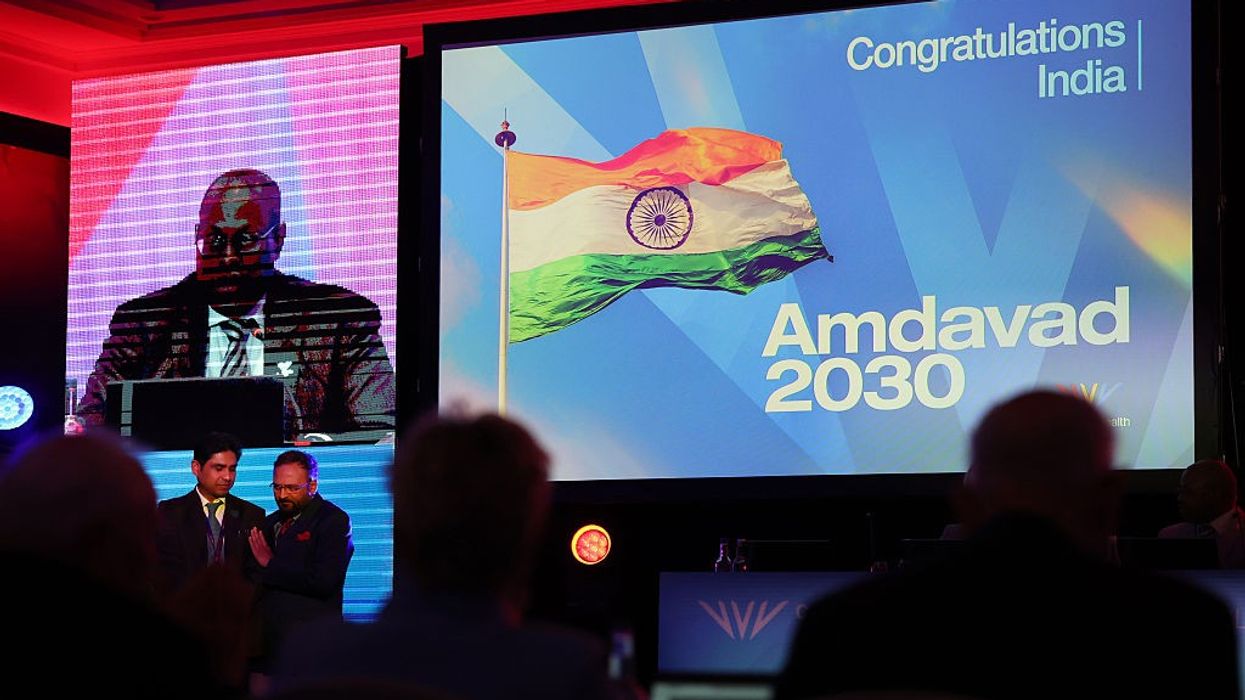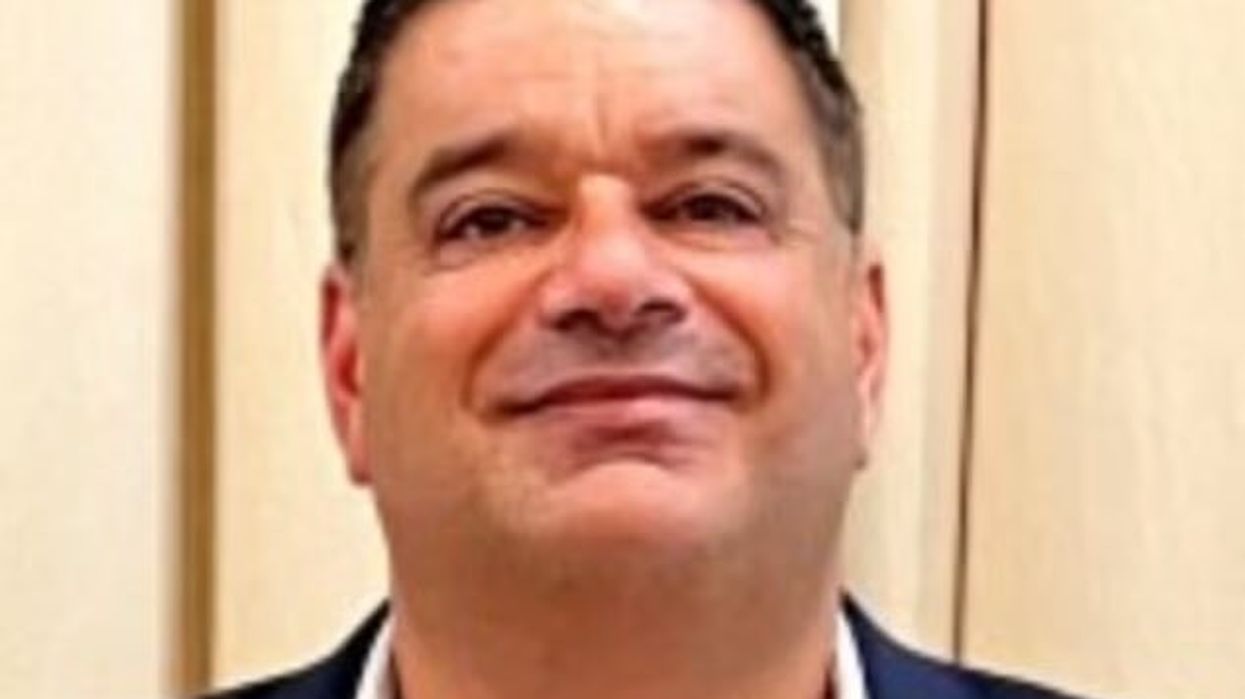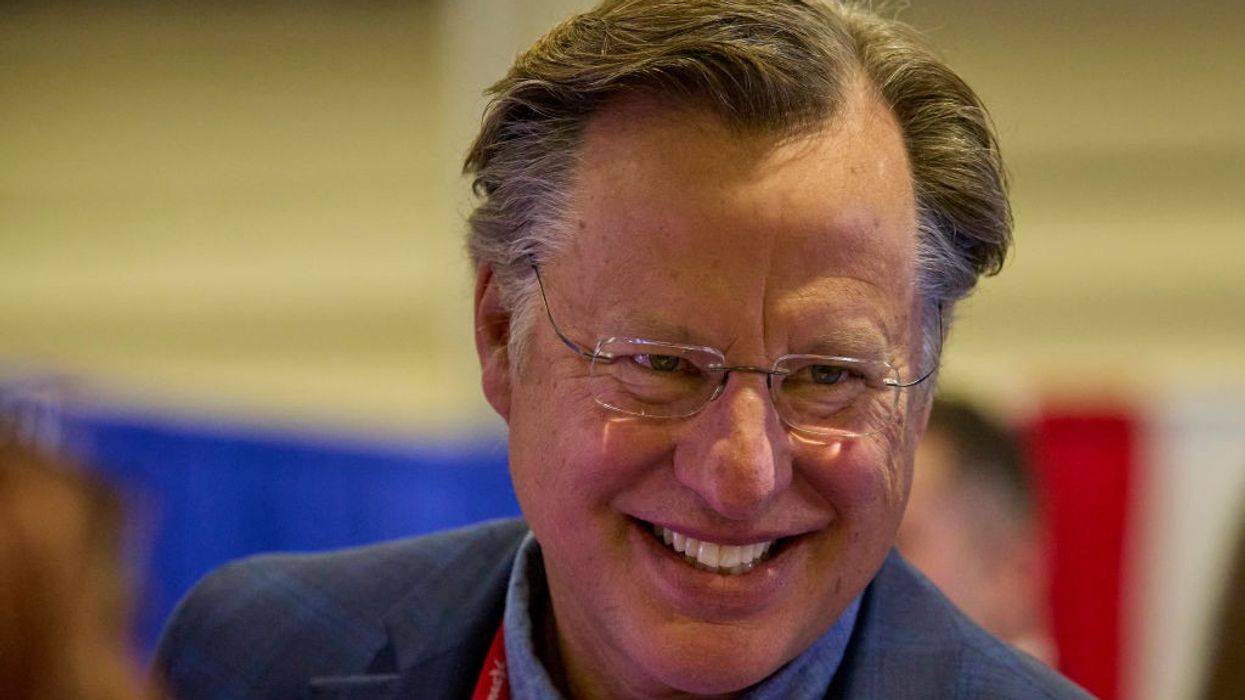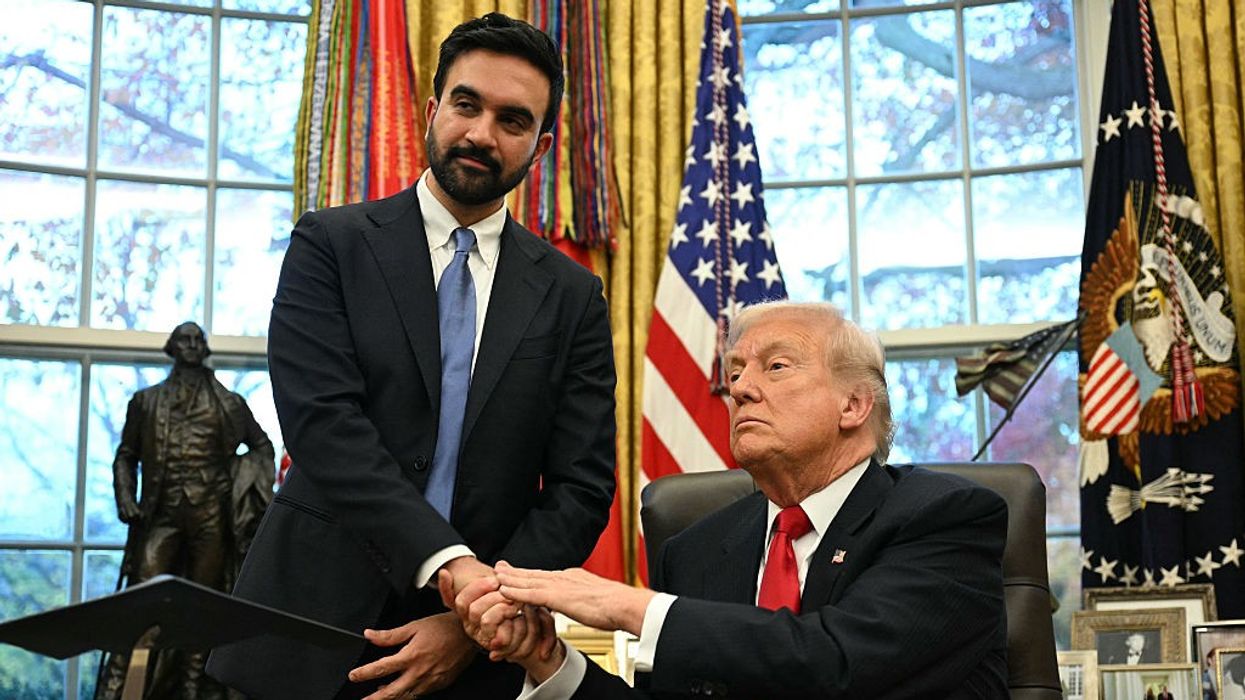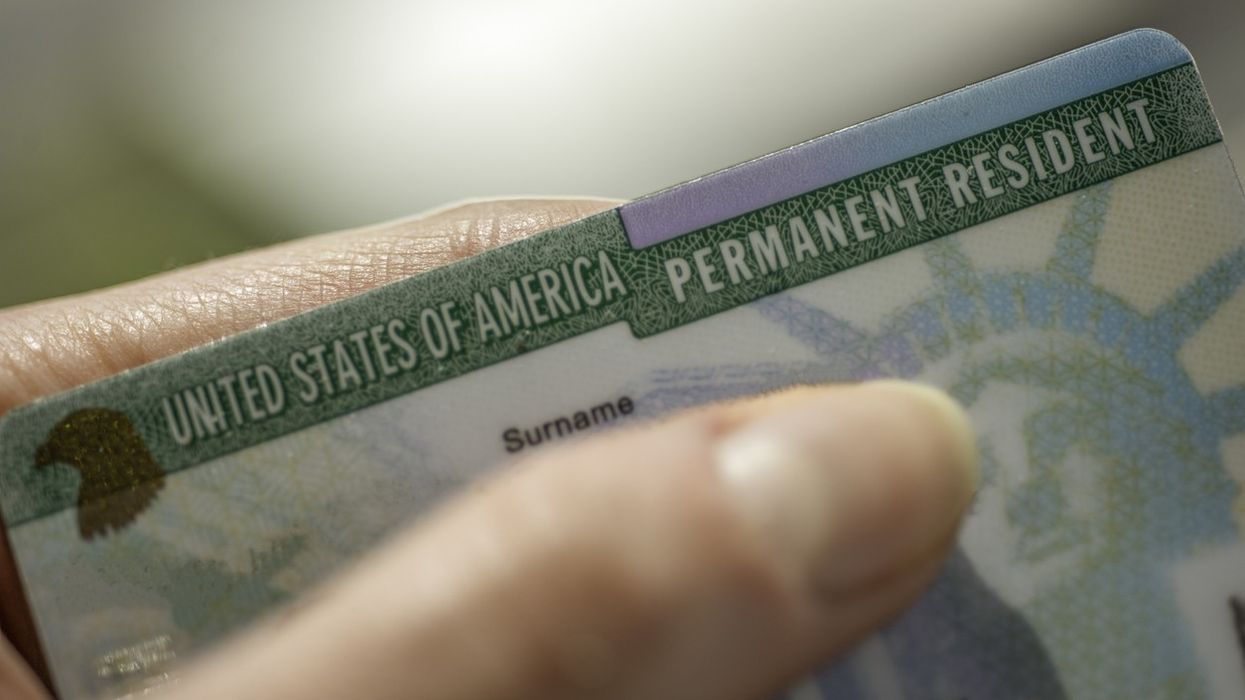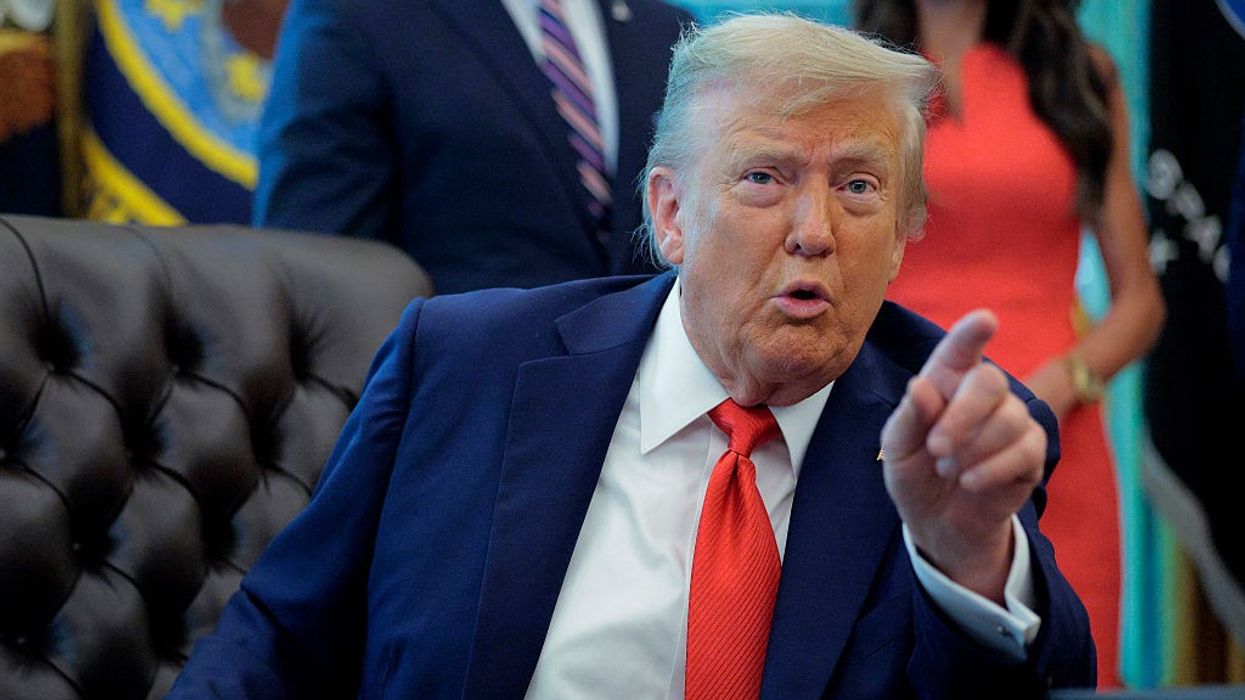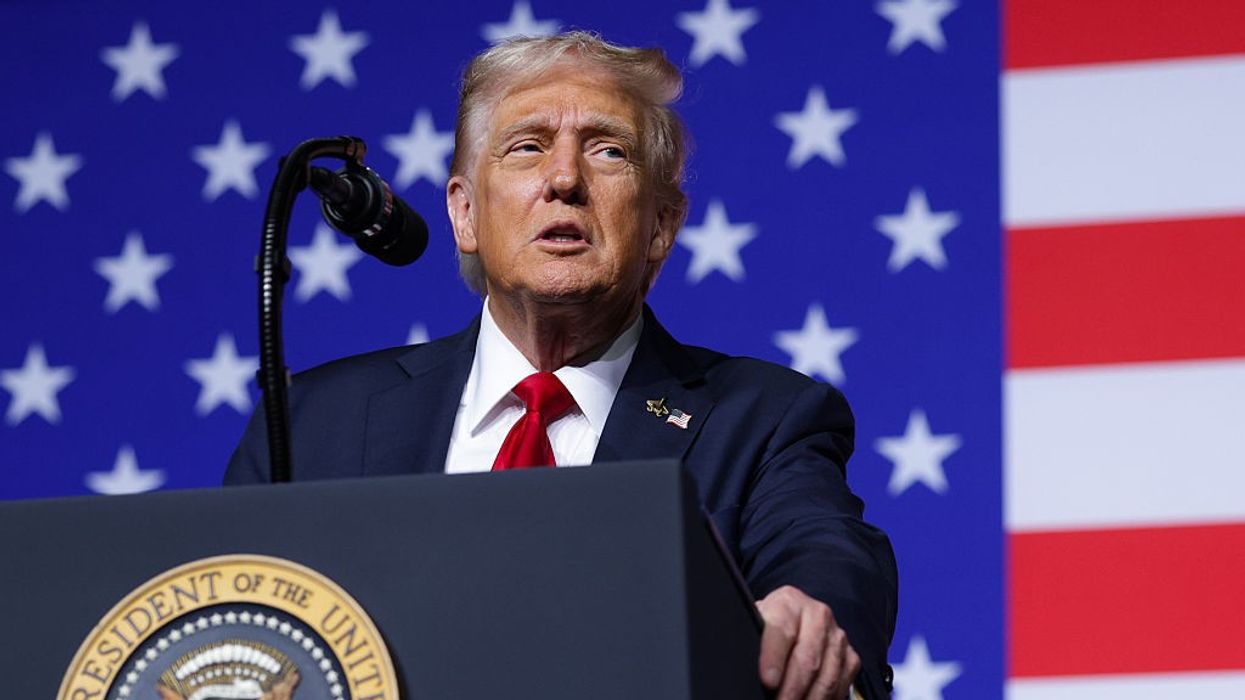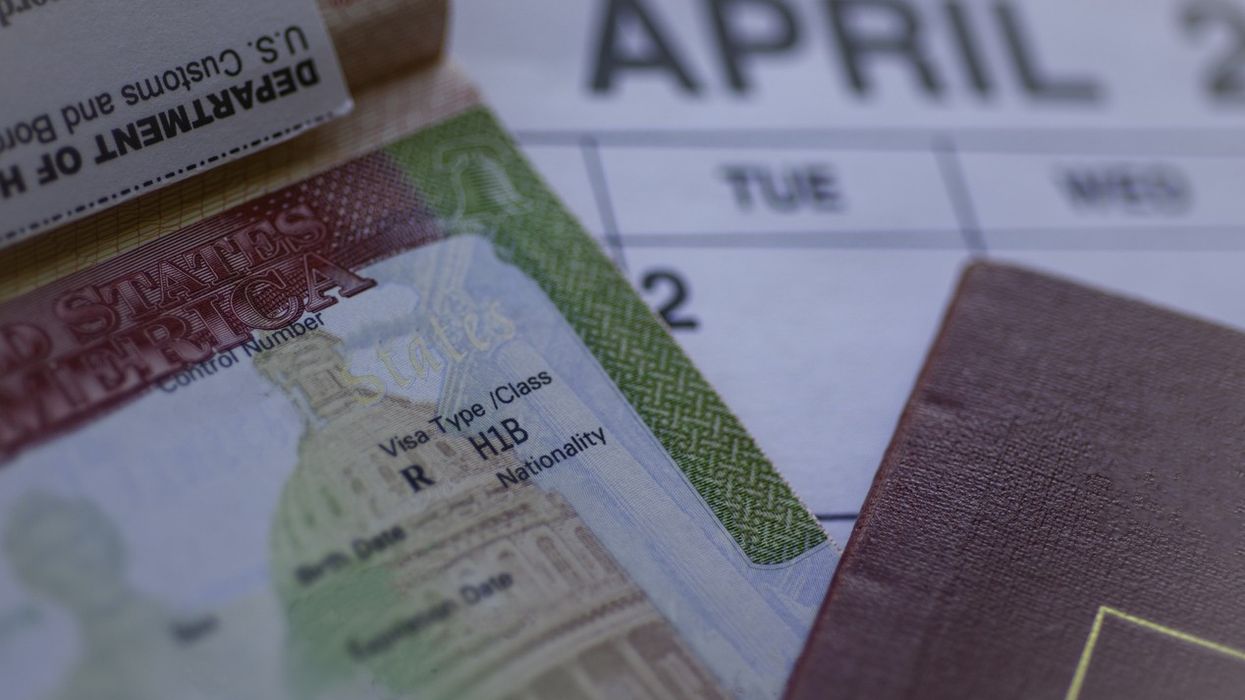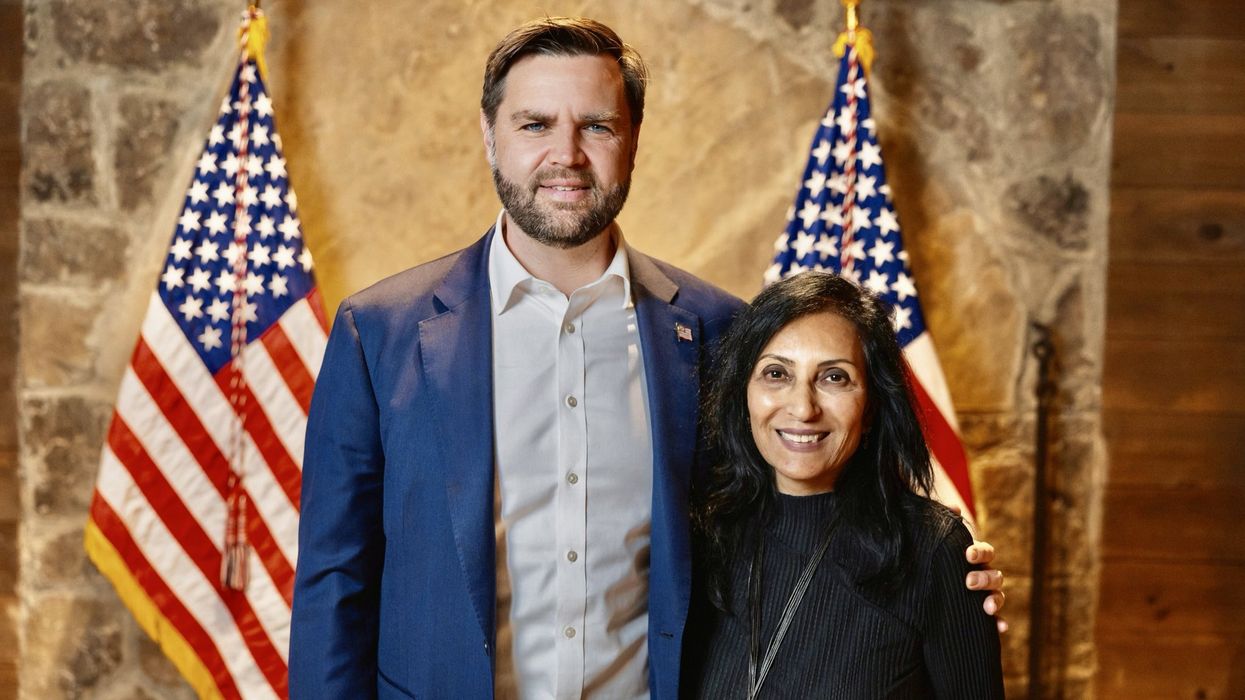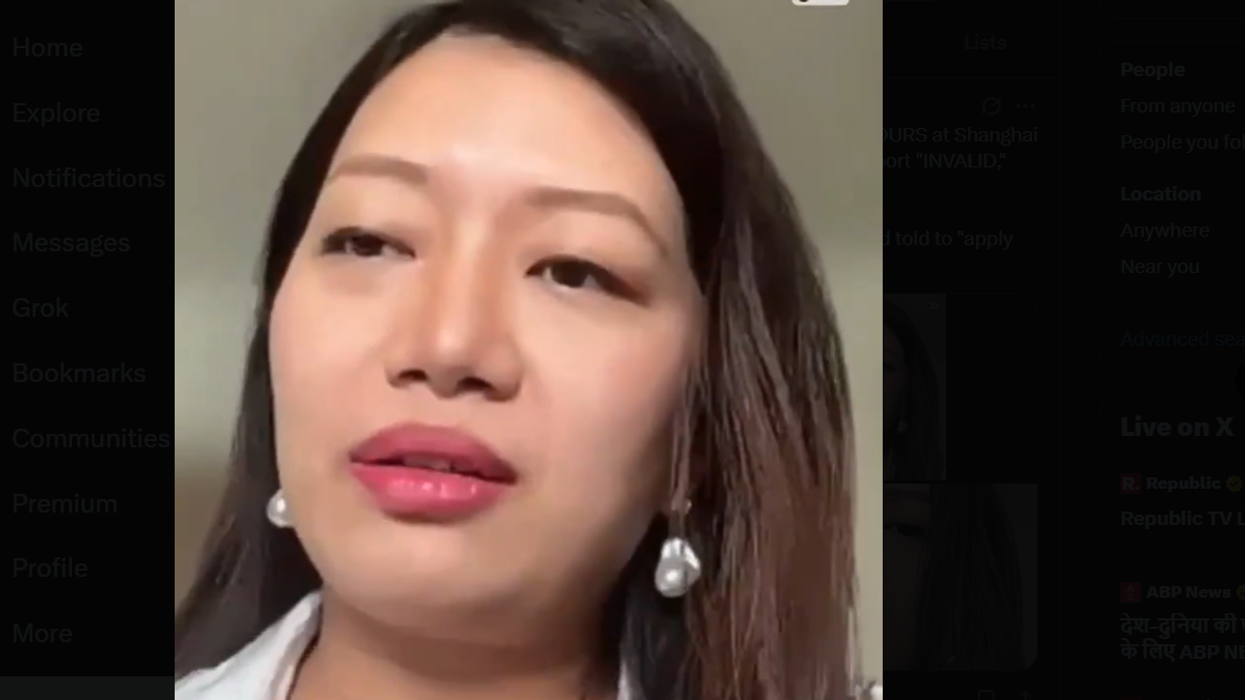Trade negotiations between India-US have come to a standstill due to sharp disagreements on import duties for auto components, steel, and agricultural products.
This impasse has dashed hopes of reaching an agreement before US President Donald Trump’s July 9 deadline to impose reciprocal tariffs, according to Indian officials familiar with the matter. The deadlock marks a significant shift from earlier optimism, when both sides suggested India could be among the first to strike a deal under the new US tariff regime.
Key Sticking Points: Agriculture and Industry
The main point of contention is the US demand for India to commit to deeper cuts on import tariffs for American farm goods such as soybeans and corn, as well as for automobiles and alcoholic beverages. The US is also seeking the easing of non-tariff barriers that restrict market access for its products.
For India, the stakes are high: agriculture remains a critical sector for rural employment, and domestic industries such as auto, pharmaceuticals, and small-scale manufacturing have lobbied for gradual, rather than sweeping, market openings to avoid being undercut by US imports.
Indian negotiators are pushing for a rollback of the proposed 26 per cent reciprocal tariff set to take effect on July 9, along with concessions on existing US tariffs on steel and auto parts. However, US negotiators have not agreed to these demands.
Political and Economic Implications
The breakdown in talks comes despite Indian Prime Minister Narendra Modi’s efforts to position India as a key US partner, aiming to attract American firms and diversify supply chains away from China.
India has offered tariff cuts on select items like almonds, pistachios, and walnuts, and has shown willingness to extend preferential treatment to US imports in sectors such as energy, autos, and defence. However, Indian officials say these offers have not been enough to bridge the gap, with the US holding out for broader concessions.
Indian exporters now face the prospect of a steep 26% tariff on shipments to the US if no deal is reached by the deadline. Despite several rounds of talks, there has been little progress, though officials have not ruled out a last-minute breakthrough if Modi and Trump intervene directly.
Broader Trade Strategy
India is also hedging its bets by advancing trade negotiations with other partners. Talks for a free trade agreement (FTA) with the European Union are ongoing, and India recently concluded FTA talks with the UK.
These moves are aimed at reducing India’s dependence on the US market and mitigating the impact of any potential US policy shifts under Trump.
Outlook: Uncertainty Remains
Despite the current impasse, Indian officials emphasize their long-term commitment to the US as a trusted economic partner, while maintaining policy independence. “We are keen, but not desperate to sign a deal before the July 9 deadline,” one official said.
Even in a worst-case scenario, India believes it can absorb the impact of reciprocal tariffs, given its continued tariff advantage over competitors like Vietnam and China.
India’s exports to the US have actually increased in recent months, suggesting that earlier US tariff hikes had a limited impact on trade flows. As the deadline approaches, the ball is now in the US court, with both sides watching to see if top-level political intervention can break the deadlock.


